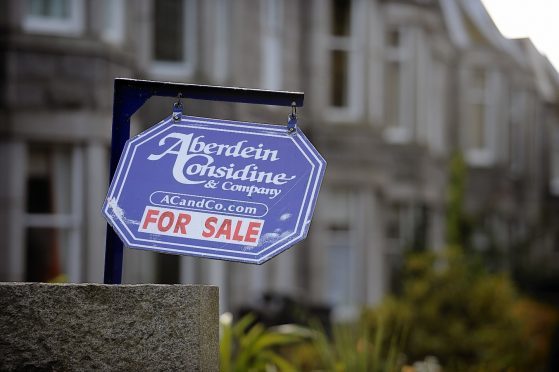Scotland’s housebuilding industry has expressed concern over the impact of the land and buildings transaction tax (LBTT) following its introduction in April 2015.
Responding yesterday to a call for evidence from the Scottish Parliament’s finance committee, trade body Homes for Scotland (HfS) said the tax was having a detrimental effect at the middle to higher end of the market.
Scots must pay LBTT of 10% on the excess amount for homes worth more than £325,000, on top of staged rates in force after the first £145,000.
People paying stamp duty south of the border do not stump up at the 10% rate until a threshold of £925,000 is reached.
In the Aberdeen area, where house prices are higher than in many other parts of Scotland despite the oil and gas downturn, buyers are often caught in the 10% bracket.
HfS policy director Karen Campbell said: “A real additional burden has been placed on some buyers and this is clearly affecting sales.
“Many people are choosing not to move as they find the cost too high.
She added: “People purchasing at the higher end of the market tend to be discretionary movers, meaning they are choosing to move rather than having to because of circumstance.
“Our concern is that by staying put they block others from progressing onto or up the property ladder and thus exacerbate the country’s housing crisis.
“That is why we are suggesting that the current 5% band be extended up to the price ceiling of £925,000, mirroring the position south of the border.”
Aberdein Considine, which in the first half of 2016 sold one in four homes in Aberdeen city and shire, said the top end of the market had endured a “very tough year”
Bob Fraser, senior property partner at the Aberdeen-based law firm, said: “It is not at all uncommon for a family home in the north-east to be worth more than £325,000 – so this region has been hit far harder by the new tax structure than other parts of Scotland.
“Unfortunately, this has come at the same time as the biggest economic shock that the area has had in almost a decade, the drop in oil price.
“The combination of these two things has made it a tough year for some sellers, however, the Scottish Government has it within their gift to make a difference here.”
A Scottish Government spokesman said: “We set LBTT rates to prioritise support for first-time buyers and those buying properties at the lower end of the market.
“In the first year of LBTT, we kept almost 9,700 additional house purchases out of tax compared to UK stamp duty by setting the nil rate threshold at £145,000.
“Nearly 41,700 further purchasers paid less tax than they would have under stamp duty, with people buying the average priced house in each of Scotland’s local authority areas saving up to £400 in tax.”










